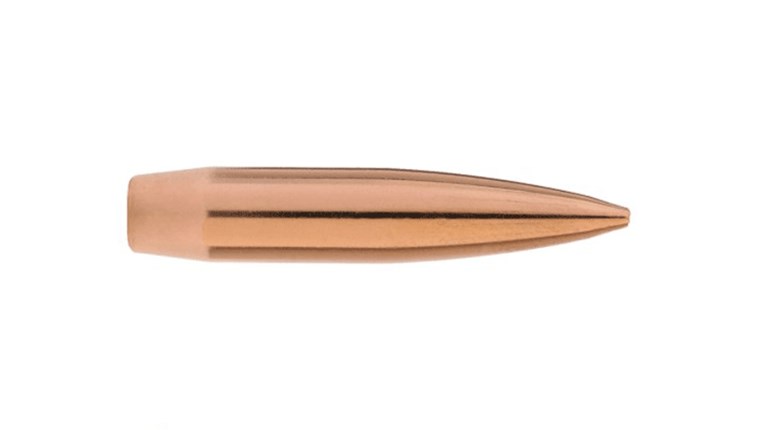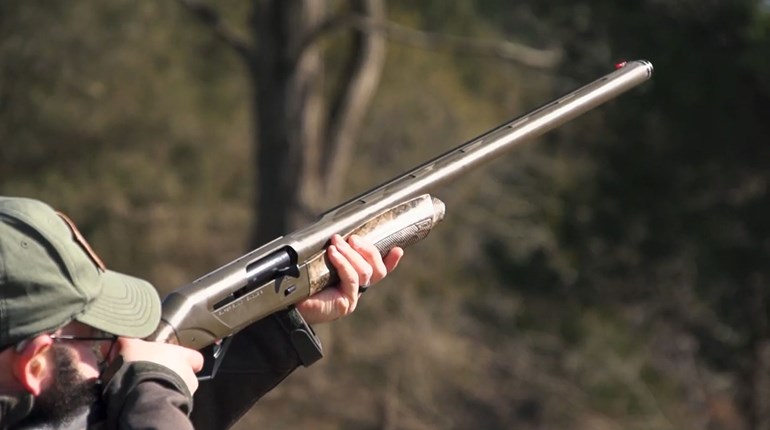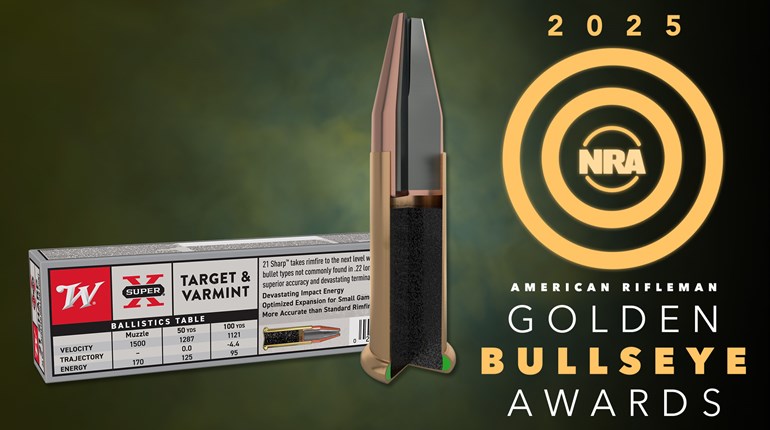
Right about now, a bunch of deer hunters are getting the notion of lengthening their season by calling predators. It’s a good idea, too. The thing is, after those endurance sits on cold days hoping a buck will show, many think predator hunting is, by comparison, a casual affair. You have to wait 20-30 minutes? That’s not so hard, they ponder. So they turn on a call and have little success. Many soon give up. They stop without knowing a coyote circled them and got downwind before bolting. To help you get started, here is savvy advice from people who make their living killing predators.
Scout Seriously
A few years back I hunted coyotes with Al Morris, a Hunter’s Specialties’ pro staffer. Together with Garvin Young, Al won the World Coyote Calling Championship in 2007 and 2008. Participants try to call in and shoot the highest number of coyotes. In 2008 Al and Garvin killed 18 during the 36-hour contest. I found that Al’s success is all about prep work. He runs roads hours before daylight while using a howler and siren to locate packs. After finding coyotes, he factors in the wind direction, available cover and food sources. Finally, he comes up with a series of attack plans (setups).
Trust Your Setups
Al parked and we quietly stalked our first setup from downwind. We slipped into a patch of junipers and crawled onto a high spot overlooking a pasture in the foothills southern Colorado. We lay prone. We could see 600 yards across a pasture. Al positioned his Johnny Stewart PM-4, a wireless remotely operated caller, 50-yards in front, and crawled back. At first light he began with coyote howls then transitioned to rabbit-in-distress. Four coyotes thought the cries of anguish sounded tasty. But at 300 yards they turned and began trotting south to pick up our wind. I fired and one rolled. From there we sat for 30 minutes at each setup.
When You Get a Shot, Take It
Years ago Wyman Meinzer, an outdoor photographer who once hunted coyotes for the federal government, astounded me when he shot a coyote lightning-fast as it trotted through a cedar patch in the Texas Panhandle. He laughed and said, “I’ve killed over 2,000 coyotes. One thing I’ve learned is you can’t wait for the perfect shot.”
Hunt Like a Sniper
Garvin Young, a field staffer with Foxpro, has hunted a lot for coyotes in the Midwest and in California. He’s used to hunting in wooded areas and in or near CRP fields. I spent a day with him and noticed that we used cover to hide our approach to every setup. Hunting with Garvin was like training to be a Special Forces sniper. We slipped in and took a position on a point where we could see upwind, but he also looked for areas where we could see far enough downwind to spot a circling predator. When we left, we didn’t just get up and walk away. We’d sneak away using the ditch or other terrain feature we’d used to get in. He said, “If you want to hunt a place again, hunt low-impact.”
Find the Food Sources
Glynn Riley has been a government trapper in Texas since 1980. He’s a living legend in the circle of people who know predators. When I first met him in 1997 I loved how he pronounced “coyote” as two rolling syllables, not the three-syllable coy-o-te that makes you think of a hapless cartoon character. “If you want to find coyotes, consider their appetites,” he said. “Now, a coyote will eat anything. I’ve seen them take bites from watermelons. But you’ll never fail to find them near livestock. They eat calves, sheep and goats now and then. More often they eat afterbirth in the spring, and even calf droppings, which are full of cow milk. They’ll also eat food pellets farmers drop for cattle and they love to hunt mice on the broken habitat of farms.” He’s right. Some of my best calling locations in New York have been around dairy farms.





































